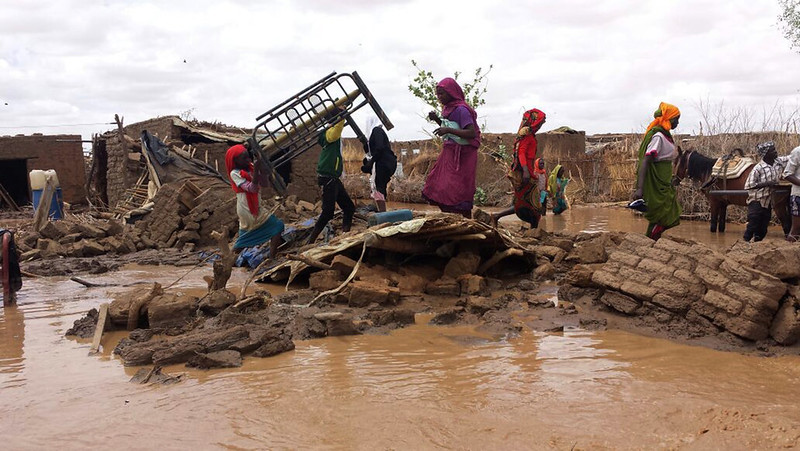
As of December 2, Sudan’s Health Ministry and the World Health Organization (WHO) have reported a total of 5,178 suspected cholera cases, with 161 associated fatalities, across 46 localities spanning Sudan’s nine states.
The outbreak of cholera, initially declared in Gedaref on September 26, has rapidly spread to various regions, affecting localities in Aj Jazirah, Blue Nile, Gedaref, Kassala, Khartoum, Red Sea, Sennar, South Kordofan, and White Nile states by November 28.
The breakdown of suspected cases and associated deaths provided by the latest WHO figures delineates the gravity of the situation: 1,808 suspected cases with 48 deaths in Gedaref, 1,345 cases with 23 deaths in Aj Jazirah, 684 cases with 28 deaths in Red Sea, 463 cases with 26 deaths in Khartoum, 346 cases with 8 deaths in South Kordofan, 399 cases with 22 deaths in White Nile, 69 cases with 3 deaths in Sennar, 63 cases with 3 deaths in Kassala, and 1 suspected case in Blue Nile.
In response to the outbreak, WHO, UNICEF, and partners have activated an inter-agency multi-cluster Cholera Action Plan and established emergency operation centers at national and state levels.
Ongoing surveillance remains crucial in identifying and mitigating risk factors in affected and high-risk areas. Additionally, health authorities have conducted oral cholera vaccination campaigns in Gedaref and Aj Jazirah states, achieving a commendable 98% coverage of the targeted 2.2 million individuals.
Cholera, caused by Vibrio cholerae bacteria, manifests as an acute diarrheal illness. While some infections may be mild or asymptomatic, severe cases can pose life-threatening risks.




